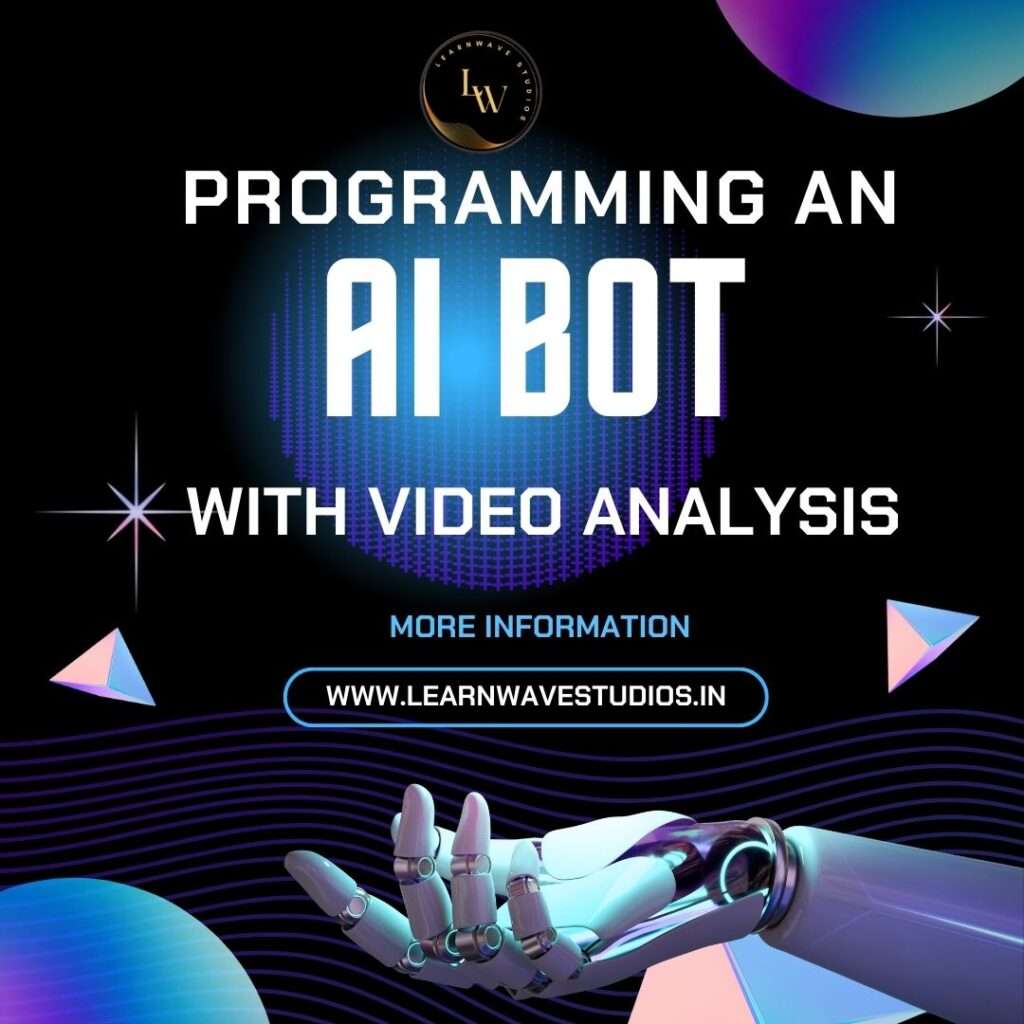The prospect of programming an AI bot with video analysis capabilities may seem daunting at first glance, but with the right approach and tools, it is indeed an achievable endeavor. In this comprehensive guide, we will explore the considerations, challenges, and strategies involved in developing an AI bot for video analysis, empowering you to embark on this exciting journey with confidence.

Understanding the Scope of Video Analysis for AI Bots
Before diving into the technical aspects, it’s crucial to grasp the scope of video analysis in the context of AI bots. Video analysis involves parsing visual data, extracting meaningful insights, and making intelligent decisions based on the information gleaned from the footage. This encompasses diverse tasks such as object recognition, motion detection, facial recognition, sentiment analysis, and more.
Challenges and Considerations
1. Data Acquisition and Preprocessing
Data is the lifeblood of any AI system, and video analysis is no exception. Acquiring and preprocessing video data involves addressing challenges such as varying resolutions, frame rates, lighting conditions, and noise. Moreover, ensuring the availability of annotated or labeled data for training and validation is critical for accurate analysis.
2. Transfer Learning and Data Augmentation
Employing transfer learning techniques allows developers to repurpose pre-trained models for specific video analysis tasks, thereby reducing the need for extensive training on large datasets. Additionally, data augmentation methodologies aid in diversifying and enriching the training data, enhancing model robustness and generalization.
3. Embrace Cloud-based Services for Scalability
Cloud-based AI services and platforms provide scalable infrastructure and pre-built APIs for video analysis, enabling seamless integration of AI capabilities into custom applications. Cloud providers such as Amazon Web Services (AWS), Google Cloud Platform, and Microsoft Azure offer comprehensive solutions for video analysis and AI bot development.
In conclusion, while programming an AI bot with video analysis capabilities presents its share of challenges, it is a feasible undertaking given the right approach, tools, and strategies. By understanding the scope of video analysis, addressing key considerations, and leveraging best practices for development, you can embark on this journey with confidence and determination.
Embarking on the task of programming an AI bot with video analysis capabilities represents a venture into the forefront of AI technology, offering opportunities for innovation, problem-solving, and creative exploration.
AI bot video analysis, programming AI bot, video analysis challenges, video analysis strategies, , video analysis frameworks, real-time video analysis

